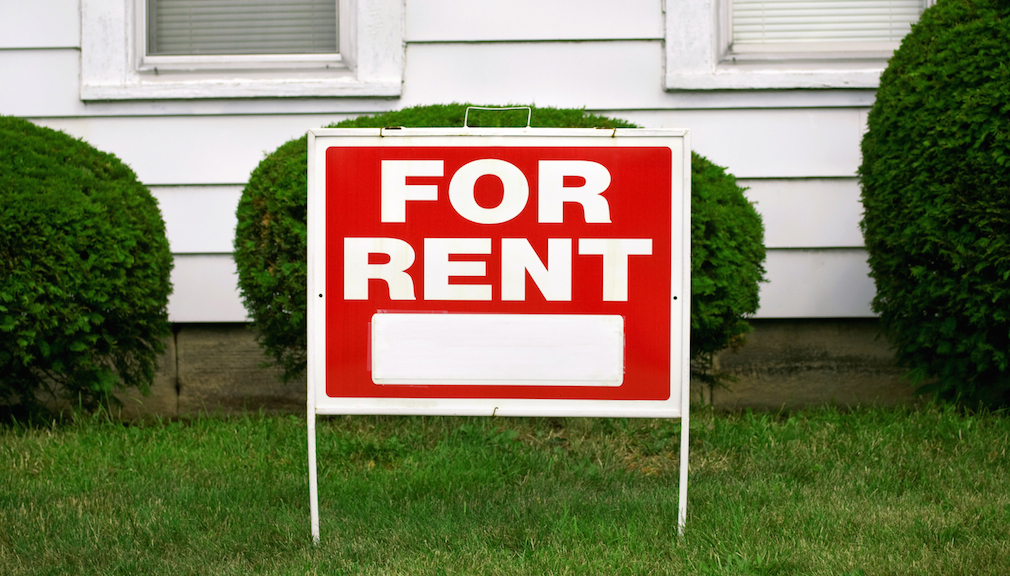The renter rate in the U.S. rose in 50 of the largest metros by 5% from 2006 to 2016, and it doesn’t look to be slowing down anytime soon.
According to Zillow, more than 36% of all U.S. households rent. The percentage has been growing for the last 10 years, and though homeownership has been making a small comeback lately, escalating rents and continually rising home prices are keeping many households on the lease life.
And it looks like it's going to stay that way for a while.
"The homeownership rate is slowly rising – the most recent data show a sharp surge in young adult homeownership over the past two years – but it will likely take many years, if ever, for it to get back to its lofty pre-recession peaks," Zillow Senior Economist Aaron Terrazas said in a statement.
In 50 of the largest metros in the country, the share of renters was higher in 2016 than in 2006. In 29 of those 50 metros, most people rent instead of own. This is as opposed to 2006 when only 16 of those cities were majority renters.
"The share of U.S. households that rent surged in the wake of the Great Recession, as millions of families were foreclosed upon and younger adults either chose to or had no choice but to rent for longer,” Terrazas said.
Take Memphis for instance. One of the more affordable markets in the U.S., Memphis posted the greatest increase of renters, with 56% of its households in the renter category in 2016, up 11 percentage points from 2006. This is despite having the lowest rent vs. own break-even point in the U.S.
Though some of the increase in renters in the nation can be chalked up to changing lifestyles and preference for the urban core, the real hand behind this trend is the unstoppable growth in home prices, which have been growing at about 8% annually.
"Renting remains more common years after the recession ended and after a historically long national economic expansion. Some of this shift is attributable to lifestyle choices, including young adults delaying marriage and starting families, and a strong preference for living in urban cores where renting is often more convenient and financially feasible," Terrazas said. "Some is also driven by economic necessity – quickly rising home values can make it difficult for some to enter the market to begin with – and many previously foreclosed-upon families remain unable to purchase again, even years after foreclosure."
In some markets, the situation is even more dire for want-to-be homebuyers. San Jose’s home prices have soared 27% over the last year, keeping 43% of its households in the multifamily fold, up about five percentage points since 2006.
Established rental hubs like New York, Boston and Miami have the greatest share of renters with numbers up near 70%. New York and Miami both are pushing the 70% mark, while Boston is sitting at 65%.
With the median rent nationwide up to $1,440, what was once a lifestyle conducive to saving for a down payment, renting is now a burden that often keeps renters from saving for down payments on homes that continue to climb in value.
For the time being, it looks like renter nation is here to stay.





